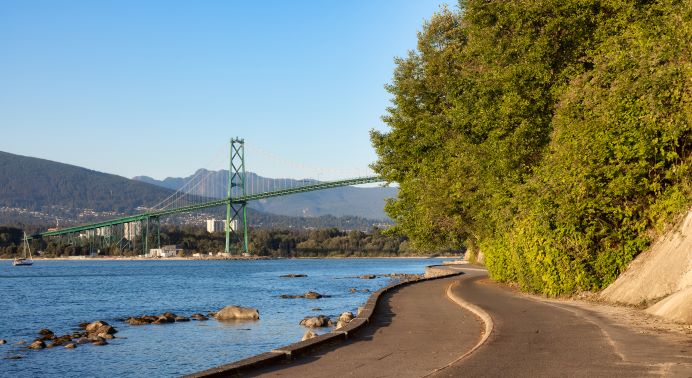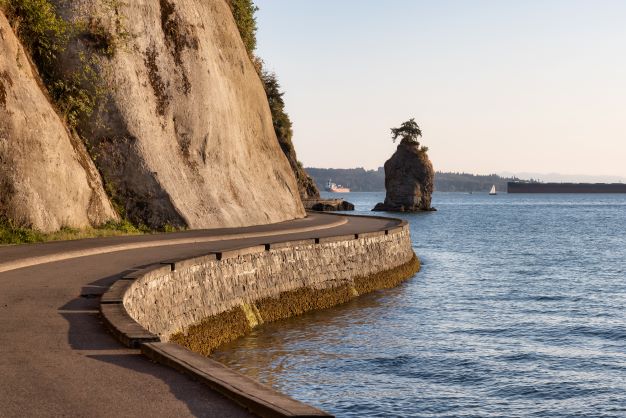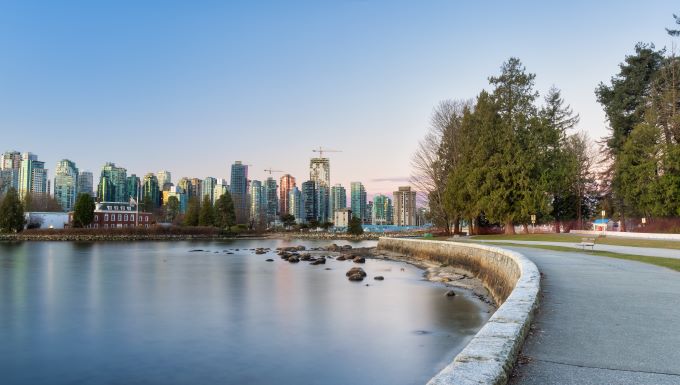A new seawall can last 40-50 years if it’s properly constructed and maintained. Poor installation, poor maintenance and other environmental factors can reduce the seawall’s lifespan.
The material used to build a seawall can have a significant impact on its lifespan. Concrete has long been the dominant material for seawalls due to its durability and strength.
Materials
Protecting your property from erosion and damage by waves is essential when you live near the ocean. There are many materials that can be used for a seawall. Each material has its own unique advantages.
The most common seawall material is steel. It can last a lifetime if it is well maintained. It is also a popular choice for waterfront homes and commercial properties as it can prevent erosion from damaging the shoreline.
Concrete, timber, or boulders are also options for seawalls. They can be made into many different designs and come in a wide variety of colors to match your property’s overall look.
Another option is to build a seawall from vinyl and composite materials. These newer materials are designed to last for more than 50 years and are easy to install. They may not be suitable for large seawalls.
You can choose from mortared stone, rock blocks, or steel-reinforced concrete for a more traditional look. These materials can be used to control erosion but can also allow water from flooding and high tides to seep behind walls.
A seawall can be constructed in many different shapes, including curved or vertical. Because it helps to deflect wave energy which can cause erosion of the coastline faster than other types, the shape is crucial.
Wooden seawalls are another option for preventing erosion and controlling waves, and they typically last about 25 years when properly treated and maintained. They can be replaced if damaged or rotted.
If you decide to build a seawall yourself, be sure to take your time and carefully measure and lay out the area. You should also assemble a drive guide, which is a horizontal structure that keeps the sheets in place during the sheet driving process. Before you begin erecting the seawall, it is important to consider the weather conditions in your area.

Installation
When it comes to protecting your property, a seawall can be one of the best investments you make. These structures are cost-effective and can protect your land from erosion and mudslides.
A variety of factors affect the life expectancy of a seawall, including the type of material and how it is maintained. This will depend on the type and frequency of storms, as well as how busy your shoreline.
If they are galvanized, steel seawalls last around 35 years. Concrete and vinyl seawalls can last between 30-50 years and riprap can last a lifetime.
Another factor that determines a seawall’s lifespan is its design. Seawalls are designed to resist waves and scour. To dissipate the most wave energy, the design should incorporate slopes and irregular surfaces.
A licensed professional should be hired to install your new wall. They will inspect the property and determine the best way to build the wall.
Once the project parameters have been set, our team will start building your seawall. This process can take anywhere from one to three days depending on how large your property is.
To support the wall, our team will place pilings at its location. These are simply posts or large screw-type devices that sink into the ground to a certain depth.
The actual seawall will be constructed once the pilings have been placed. Your preferences and budget will determine the materials you choose for your new wall.
Our team will then install drains, weep holes and other drainage systems to allow water to quickly escape behind the wall. This will prevent pressure buildup, and the damage that can be caused by sudden water pressure.
Maintaining a clean seawall can make a big difference in its longevity. Seawalls can be easily damaged by weeds, which can cause cracks and break down the liner. You should be vigilant about weed growth and take action to eliminate them.
Maintenance
A seawall’s life expectancy can be affected by several factors, including its type of construction, how it was installed, and how well it is maintained. Keeping your seawall in good condition can help it last longer and save you money in the long run.
Many people don’t realize that they can make their seawalls last twice as long by preventing cracks in the concrete. Using a post-tension controlled-compression device can double a concrete seawall’s lifespan, stopping cracks before they spread to widen and damage the rest of the structure.
A seawall can protect waterfront properties for many more years if it is regularly maintained and inspected. A licensed professional engineer can inspect the seawall regularly to identify potential problems and fix them before they become a problem.
Seawalls are often constructed to dissipate wave energy, but the riprap material they use is also designed to prevent erosion. This is a natural rock, which has been shaped into different openings and voids to absorb and spread the energy of waves as they approach the shoreline.
Riprap can last up to 35 years or more when properly installed and maintained. This is a lot longer than the average lifespan of steel seawalls (which typically last around 30 years).
Another way to extend the lifespan of your seawall is to remove any debris from it on a regular basis. Dirt, leaves and tree limbs can clog the weep holes in your seawall, preventing water from flowing through them freely.
This is especially true during rainy season, when these materials can build up on the water surface. These holes must be open to allow water to flow through them.
Salt water, tides, vessel impact, storms, and overloading are some of the most common causes. A thorough inspection by a professional engineer licensed in waterfront structural design can help reduce repair and replacement cost by identifying and fixing these issues before they become more serious.
Environment
The environment around an animal, person, or plant can have a significant influence on their lives. It can affect the quality of an animal’s life or person’s, and can also provide enjoyment or recreation.
The environmental conditions that a seawall is exposed to will determine its lifespan. This can include the type and severity of storms, the size and speed of water overtaking the wall (Goda (2000)).
When a seawall is not properly built or maintained it could fail. This could happen due to severe weather conditions, such as prolonged periods of heavy rain or storm waves crashing over the wall. The excess water trapped behind the wall can saturate the soil that supports it, which may then cause it to become unstable or even collapse.
Climate change can also have an impact on the lifespan of seawalls. Increased storminess and sea level rise will exacerbate the pressure that seawalls are exposed to and make them more susceptible to failure.
Seawall design can also reduce their lifespan and interfere with natural processes, such as habitat migration to adapt to climate change. Seawalls that are not designed to withstand the effects SLR can, for example, hinder the inland migrations of fish and other marine organisms. These are vital for maintaining ecosystem balance as well as biodiversity.
This can adversely affect tourism, the fishing industry, and coastal communities. It can also lead to a decrease in the quality of beaches or coastal scenery, which can prove harmful for both residents and visitors.
This is not all that matters. The seaward face of a seawall’s seawall is crucial in deflecting wave energy. Smooth surfaces reflect wave energy back and scatter it back, while irregular shapes deflect wave energy and can cause damage to the seawall.
Overtopping is another common problem that can cause irreparable damage to a seawall. Overtopping occurs when individual high waves impinge on the structure, causing the water to flow into areas behind the wall. As the soil behind the structure is removed, this will eventually cause the wall’s collapse.


